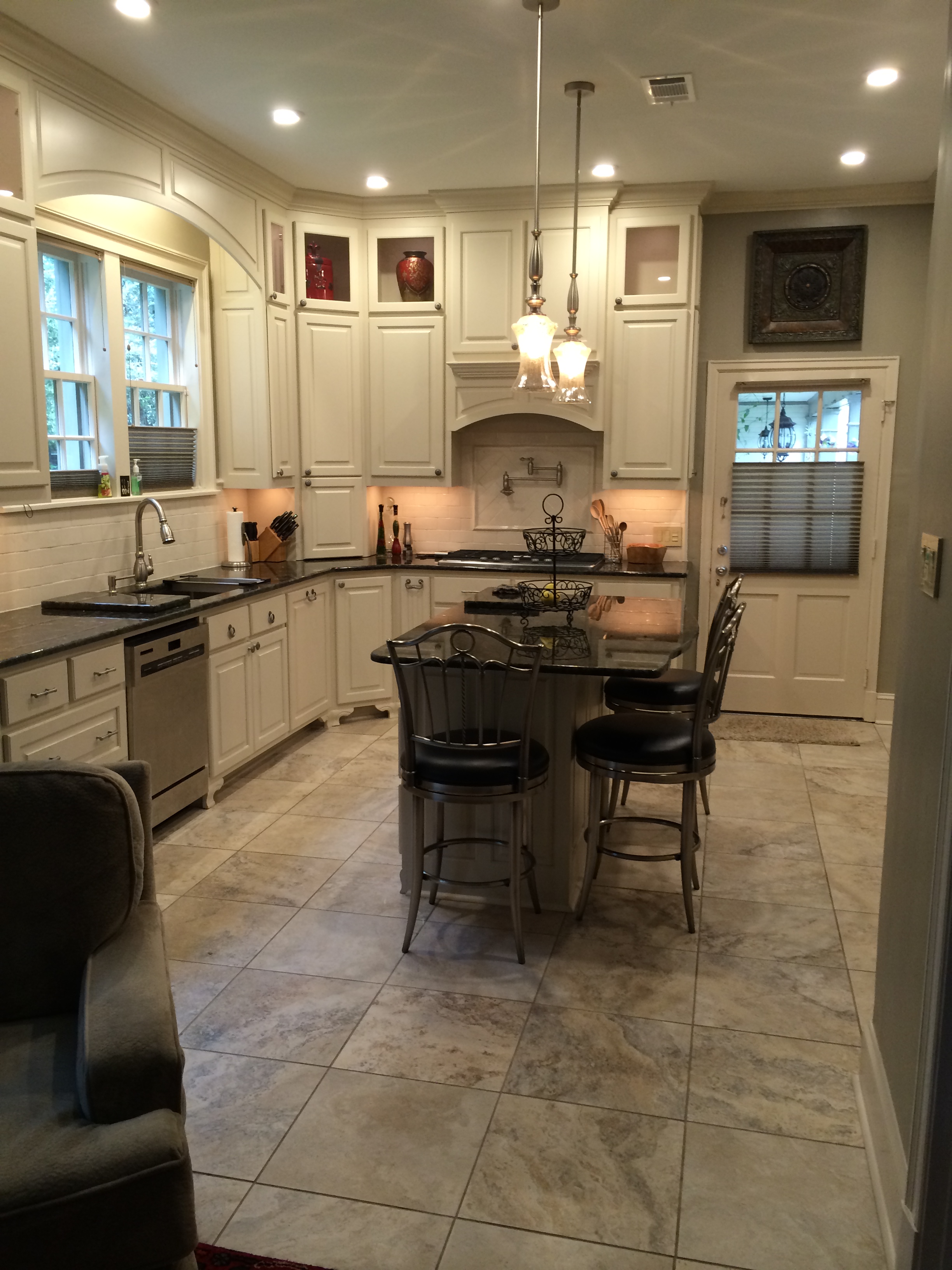House remodeling can be a rewarding journey, giving the chance to rework your residence into a reflection of your personal style and desires. Nonetheless, it is common to get overwhelmed by the plethora of options and potential obstacles in this endeavor. From picking the right colors and resources to choosing between do-it-yourself tasks and working with a builder, navigating the remodeling process requires thorough planning and thought.
In this article, we will explore typical pitfalls that homeowners often encounter and give helpful tips on how to avoid them. Regardless of whether you are wanting to renovate your cooking space, revamp your bathroom, or build a more efficient basement, understanding the details of the remodeling process can help you save you hours, cash, and trouble. Let’s jump into the crucial tips and tricks that will help ensure your renovation undertaking runs well and successfully.
Preparing Your Home Improvement
Efficiently preparing a home renovation commences with setting clear goals. Determine what spaces you wish to renovate and the purpose behind your renovation. Whether you seek to boost functionality, enhance aesthetics, or increase property value, having a definitive vision will direct your decisions throughout the process. A well-defined plan acts as a blueprint, aiding you prioritize tasks and control time efficiently while maintaining your budget in check.
Next, do thorough research on expected costs and materials. Understanding the financial aspects can significantly impact your choices, whether you aim for a full renovation or smaller upgrades. Look into current trends and find motivation from multiple sources, such as journals, online platforms, and showrooms. This knowledge will allow you to balance your desires with budget constraints, ensuring that you make informed choices that correspond with your vision.
Lastly, consider if to tackle the project yourself or hire a professional. Evaluating DIY options against expert assistance can be vital in avoiding common home remodeling mistakes. If you decide to go the DIY route, verify you have the sufficient skills and tools for the job. On the other hand, if you choose a contractor, seek out credible professionals with expertise in the specific type of remodel you are performing. Thoroughly evaluate your choices, checking references and reviews, to guarantee the best outcome for your home remodel.
Financial Planning for Your Renovation

A strategically designed budget is crucial for the effectiveness of any home improvement project. Start by determining how much you can realistically afford to allocate, factoring in your savings and any potential loans. Consider designing a detailed list to list all your projected costs, including resources, labor, permits, and unforeseen costs. This will help you maintain a comprehensive overview of your financial commitments throughout the remodeling process.
To avoid excessive spending, prioritize your needs versus wants. Focus on the essential upgrades that will enhance functionality and beautify your living space. Investigate costs for multiple materials and labor in your area, as prices can vary significantly based on location and quality. Don't forget to allocate a safety net, typically around 10 to 20 percent of your entire budget, to handle unforeseen expenses that often arise during renovations.
Finally, keep in mind that being flexible can reduce you expenditures. If you come across budget constraints, consider modifying your plans or project duration. Instead of pursuing high-end finishes, consider cost-effective alternatives that still provide the preferred look and feel. By staying organized and responsive, you can effectively handle your remodeling project while keeping budget in check.
Styles and Elements to Consider
As you plan your home remodel, it’s important to keep an attention on upcoming trends that can boost both functionality and design. In bathroom remodeling , there is a strong focus on sustainable materials and power-saving solutions. Homeowners are more seeking recyclable options such as reclaimed wood, minimal VOC paints, and green appliances. Incorporating these components not only helps in cutting your carbon footprint but can also lead to significant savings on energy expenses in the long run.
Another essential trend is the blending of connected home technology into remodels. Components like automated lighting, automated thermostats, and home protection systems are becoming essential for modern living. These improvements not only add convenience but also increase your home's worth. When planning your remodel, explore how you can incorporate these smart components seamlessly into your design, enhancing both comfort and convenience.
Finally, reflect on the importance of adaptable living spaces. With many individuals working from home and living indoors, designing adaptable spaces is important. Open floor plans that flow from one area to a different space can make your home feel more open and usable. Additionally, elements like custom storage solutions, adaptable rooms, and outdoor living improvements can significantly improve your lifestyle. Focusing on adaptability in your remodel will ensure that your space meets your needs now and in the times to come.
